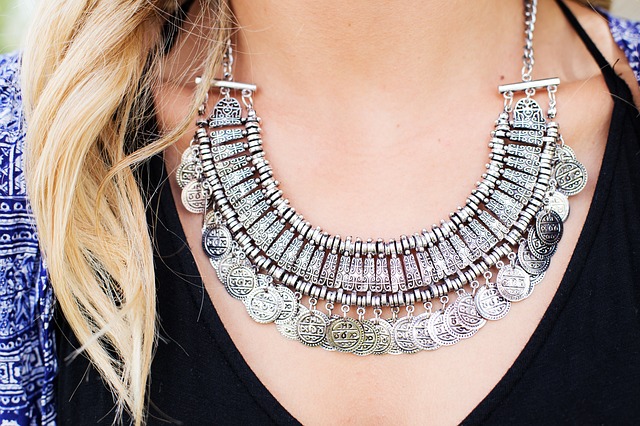In today’s technology-driven world, the stock market has changed and developed over time, becoming largely a realm of online traders. Gone are the days when the focus of the investor was limited to the traditional forms of investment, such as conventional stocks, bonds, mutual funds etc. Today, it is a very different story.
Diversification is the major interest for almost every investor out there. In order to stand out in the market, folks try to diversify their investment portfolio and win over the competitors. Such diversification can be made with the help of alternative assets. If you have traversed the investment realm, you might have heard about alternative assets (also known as alternative investment). Basically, any form of investment that isn’t associated with stocks, mutual funds, cash, or bonds is known as alternative investment. Silver trading is a major form of alternative investment. There are many reasons why silver trading has grown in popularity over time.
Here are the top 7 facts you probably do not know about silver trading. Let’s take a look.
1. Silver can mitigate portfolio risk
Not only is silver considered to be an effective asset to deal with global political unrest, but it can mitigate your investment portfolio risk by securing you against hyperinflation and periods of extreme deflation. This is because silver rarely fluctuates in value.
2. Silver trading can shield you from economic crises
Investing in silver comes with a plethora of benefits, one of which is risk mitigation. Silver can provide you with strong protection, especially during periods of economic downturn or crises. During an economic crisis, central banks usually respond by lowering interest rates and raising the total money supply. This, however, can result in the erosion in investor confidence and investment, particularly those in stock and bond trading. Now, since silver isn’t an asset that can be created on paper, the supply of this alternative asset is pretty limited. As a result, its value remains relatively non-volatile during economic fluctuations.
3. Be warned, silver doesn’t always show positive results

There are certain circumstances when the demand for silver may see a fall and the investment in this asset is far less lucrative. For instance, when the demand for silver diminishes in emerging countries like China and India or when the jewellery and electronic industry replaces silver with the other metal, the investment in silver can fall.
4. Invest in the industrial strength of silver
Since silver is regarded as a precious asset to a wide range of emerging and already developed industries, its strength in the world market is synonymous with the higher prices. To put in simple terms, as the demand for silver is high in the developing countries like India for jewellery designing, its value in the economy will mostly rise.
5. Invest because of its diminishing supply
Perhaps, the recent supply scenario of silver has made it quite an interesting asset to invest in. The diminished rates of silver together with the exorbitant mining activities has meant that production output has significantly fallen in the past years. As a result, these mining projects will likely be kept on hold until the rates of silver elevate.
6. Demand in silver could increase
In the contemporary market, the relation between demand and supply governs market trends. Indeed, there could be a significant increase in the level of demand for silver, which could lead to a substantial increase in its rates. Alternatively, this can occur when the supply level is limited, as it is at the current time. Investors often bet on the increasing prices of the silver in order to spot a change in the current gold-silver ratio.
7. There are many ways to invest in silver

From using silver bullion to buying silver futures to silver ETFs, there are plenty of ways to invest in silver and diversify your investment portfolio.
In conclusion, silver is seen as a much safer investment when compared to riskier non-market trading tools. While changes in the value of silver can undermine your ability to sell such assets, there is a good chance that you will still improve on your financial position at the end of the trade, even if it is for a relatively low return.

